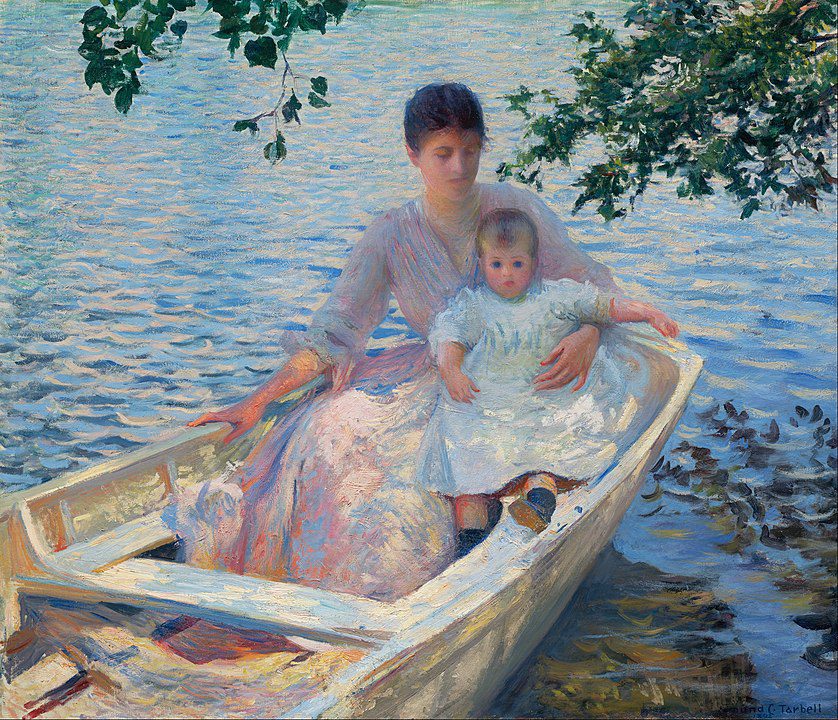
Edmund Charles Tarbell was an influential American Impressionist painter born on April 26, 1862, in West Groton, Massachusetts. His artistic journey traversed the realms of academia and the avant-garde, leaving an indelible mark on American art during the late 19th and early 20th centuries.
His exposure to creativity and culture shaped Tarbell’s early life. Born into a family that appreciated the arts, he displayed an early affinity for drawing. His father, a successful businessman, recognized his son’s artistic inclinations and encouraged him to pursue his passion. Tarbell’s artistic education commenced at the School of the Museum of Fine Arts in Boston in 1877, where he studied under the tutelage of Otto Grundmann. This marked the beginning of a lifelong commitment to art.
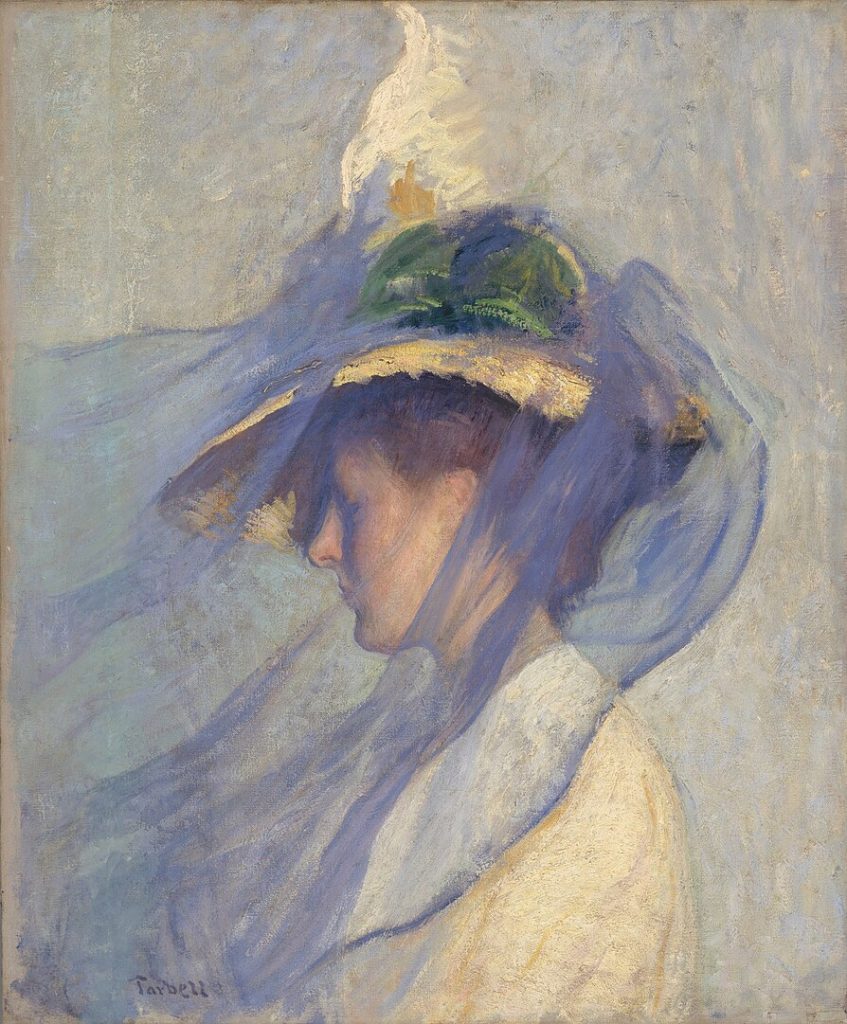
The 1880s witnessed Tarbell’s burgeoning artistic talents as he furthered his studies in Paris. In 1884, he enrolled at the Académie Julian, immersing himself in the academic traditions of European art. Under the guidance of Gustave Boulanger and Jules-Joseph Lefebvre, Tarbell honed his skills in portraiture and figure painting. His exposure to French Impressionism during this period significantly influenced his evolving style.
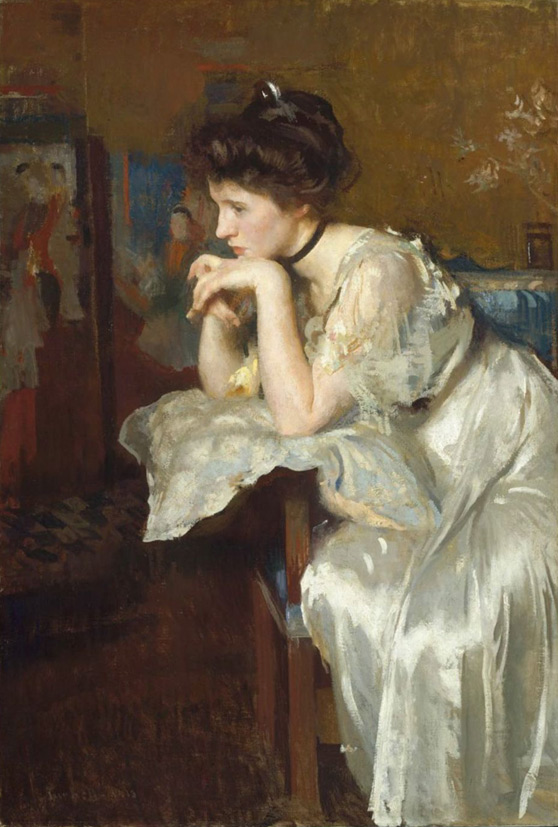
Upon returning to the United States, Tarbell became an integral part of the Boston art scene. In 1889, he joined the Boston Art Students Association and began teaching at the Museum School, where he would become a prominent figure. Tarbell’s approach to teaching reflected his dedication to the classical techniques he had acquired in Europe, combined with an openness to the innovative spirit of American Impressionism.
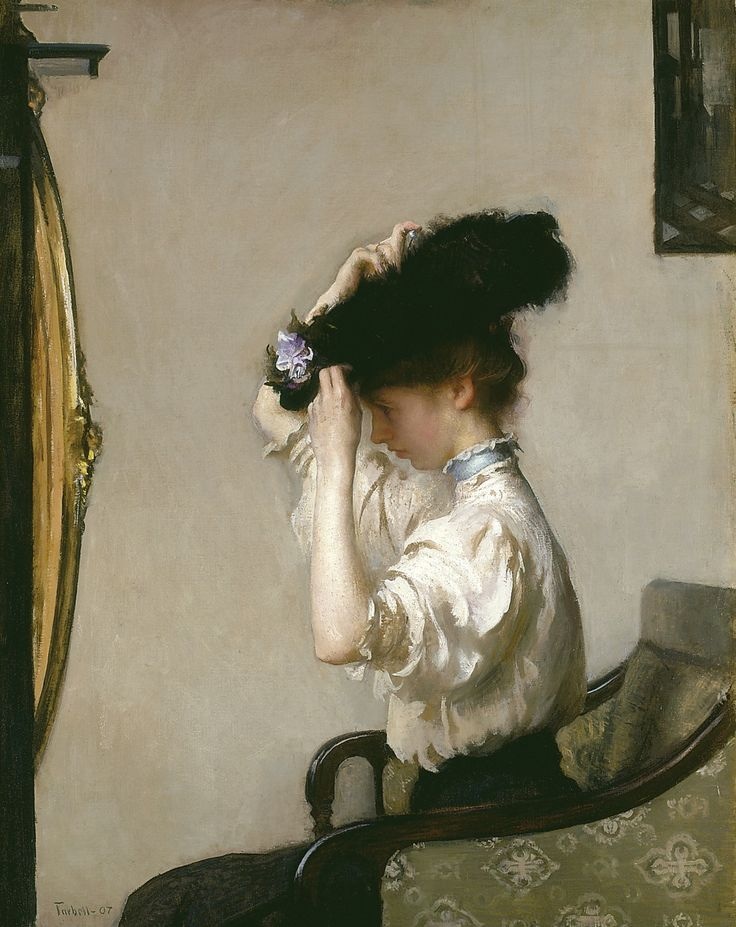
Tarbell’s artistic philosophy was deeply rooted in the idea of capturing the effects of light and atmosphere. He embraced the tenets of Impressionism, employing a nuanced color palette and loose brushstrokes to create works that resonated with a sense of luminosity. His portraits and genre scenes exuded a timeless quality, characterized by a masterful handling of light and meticulous attention to detail.
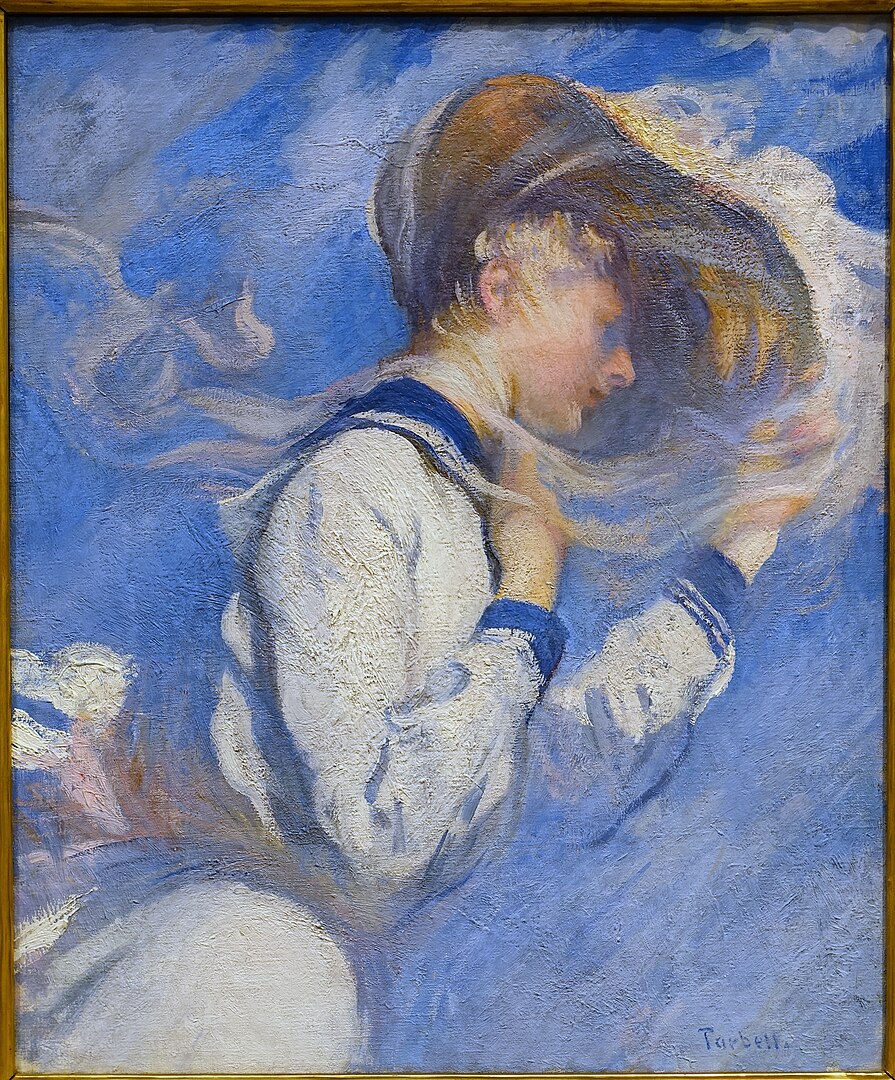
One of Tarbell’s most notable contributions to American art was his involvement with “The Ten American Painters,” a group of progressive artists who sought to break away from the constraints of academic traditions. Formed in 1898, the group included notable figures such as Childe Hassam and John Henry Twachtman. Tarbell’s association with “The Ten” marked a pivotal moment in his career, signaling his alignment with a more modern and experimental approach to painting.
Brilliant New Heights
The turn of the century saw Tarbell’s reputation ascend to new heights. His paintings gained widespread acclaim for their evocative beauty and technical brilliance. A prominent member of the Boston School, Tarbell, along with his contemporaries, contributed significantly to the development of American Impressionism. His works often featured domestic scenes, capturing the quietude of everyday life with an emphasis on light, color, and composition.
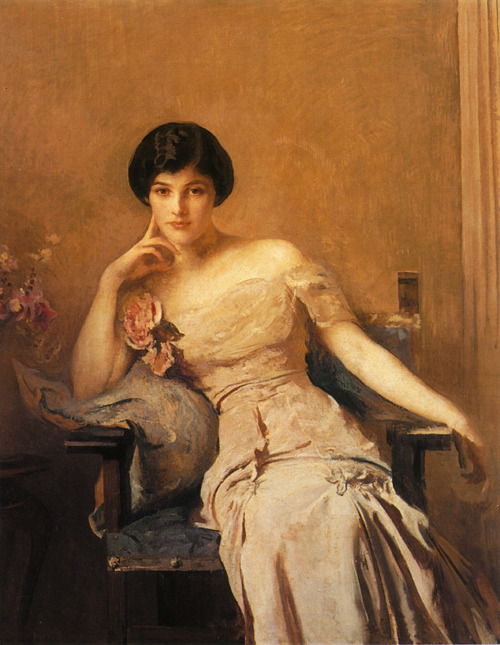
Tarbell’s influence extended beyond his artistic endeavors. As an educator, he played a crucial role in shaping the next generation of American artists. His tenure at the School of the Museum of Fine Arts and his role as a founding member of The Guild of Boston Artists underscored his commitment to fostering a rich artistic culture.
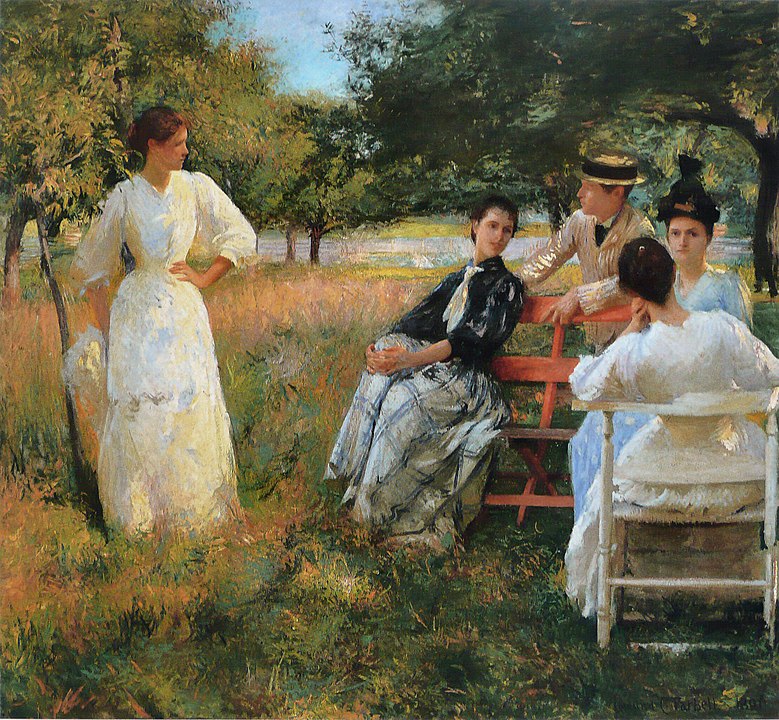
While French Impressionism influenced Tarbell’s earlier works, his later oeuvre evolved towards a more restrained and classical style. He embraced a tonalist palette, favoring muted colors and exploring the interplay of light and shadow. This transition reflected his adaptability and a continued dedication to refining his artistic expression.
Celebrated During His Lifetime
The accolades bestowed upon Tarbell during his career were a testament to his artistic achievements. He received numerous awards, including the prestigious Temple Gold Medal from the Pennsylvania Academy of the Fine Arts. His works were featured in major exhibitions across the United States, solidifying his status as a leading figure in American art.
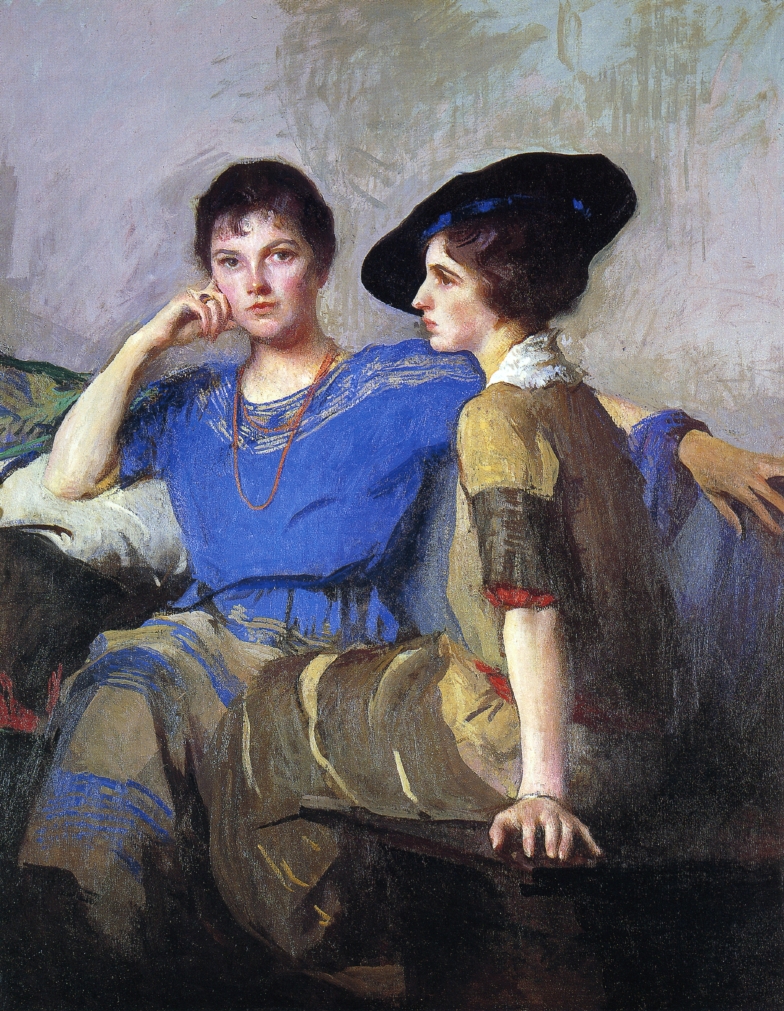
Edmund C. Tarbell’s legacy endures not only through his remarkable body of work but also through the impact he had on shaping American Impressionism. His ability to seamlessly blend traditional techniques with contemporary influences contributed to the rich tapestry of American art during a transformative period. Tarbell’s commitment to both artistic innovation and academic excellence remains an enduring inspiration for generations of artists who continue to explore the ever-evolving landscape of visual expression. His death on August 1, 1938, marked the end of a chapter in American art, but his legacy lives on, captured in the timeless beauty of his paintings and the profound influence he left on the trajectory of American art history.






